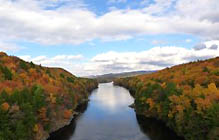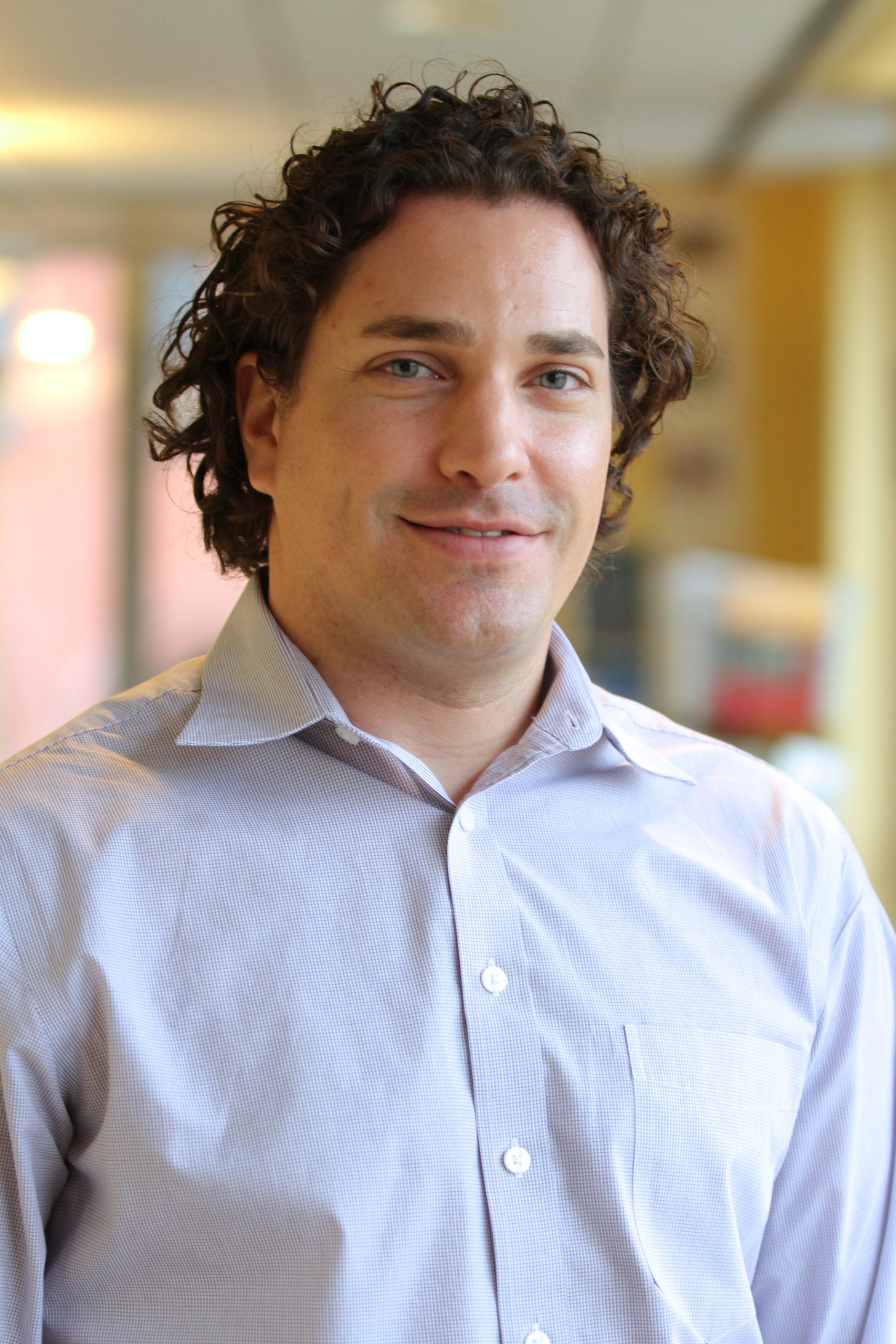
The World Resources Institute (WRI) and the American Forest Foundation (AFF), along with key partners, have developed the Northern Forest Watershed Incentives project to provide economic incentives and technical assistance for family woodland owners to restore, enhance, and protect aquatic resources in two critical watersheds in the Northern Forest region—the Crooked River in Maine and the upper Connecticut River in New Hampshire and Vermont. Currently, only 4.7 percent of the Crooked River watershed and 23 percent of the Connecticut River watershed is permanently protected under conservation easements.
The three-year project is funded through a $500,000 Conservation Innovation Grant from the Natural Resources Conservation Service and $500,000 of match funding from project partners. Key partners on the project include Hubbard Brook Research Foundation, Manomet Center for Conservation Sciences, Western Foothills Land Trust, and White River Partnership.
Northern Forests Watershed Pilot Projects
1. Crooked River Watershed
The Crooked River watershed directly affects the drinking water of Portland, ME. Sebago Lake is the primary water source for the Portland Water District, which serves 25 million gallons of water to nearly 200,000 people daily. The city of Portland currently does not need to filter its drinking water, having demonstrated to the EPA that the water meets federal requirements without filtration. If exurban development and forest loss continues unabated, however, the city may lose this waiver, which will necessitate investment in a filtration facility. A proactive investment in forests now will help Portland keep its waiver and avoid far more substantial filtration and treatment costs in the future. Because of the direct linkage between the Crooked River watershed and downstream users in Portland, the project will explore connecting the buyers of ecosystem services, including the municipal utility, with the sellers of the services – the family woodland owners.1
2. Upper Connecticut River Watershed
The upper Connecticut River watershed pilot site differs from the Crooked River watershed primarily because there is no single municipal recipient of watershed services, and the watershed is mostly ground water (rather than surface water). The mainly rural population includes several small townships and a significant agricultural community. People rely on this watershed more for flood protection and recreational use than for drinking water. These recreational opportunities attract significant boating and fishing enthusiasts. These distinctions from the Crooked River will provide an opportunity to examine and determine the variety of possible avenues for watershed user engagement. Incentives in this watershed will be structured to support private forest owners in managing forests that provide flood protection and recreational opportunities, both of which are of economic value to communities in this area.
Our Work
The two pilot projects will complement each other by providing concrete examples of payment for watershed services by users.
Technical advisory teams for each pilot site are developing the framework for actual payment transactions. For maximum participation and conservation benefit, we will explore a variety of different incentives for transaction, including direct payments (one-time vs. annual), cost share assistance, tax incentives, market access preference, and technical assistance. Understanding the political, economic, social and ecological context of each separate watershed will help advisory teams determine which incentives will work best.
To receive payments, family woodland owners will need to demonstrate long-term management actions that actively protect and enhance water quality and quantity. These management actions can include, but are not limited to: riparian buffer management, invasive species control, and adoption of forest road best management practices. Woodland owners will work closely with local foresters in the implementation of their individual management plans and the monitoring of management activities
A Strong Foundation
The Northern Forest Watershed Incentives project builds on existing market-based conservation projects, such as the New York City Watershed program and the Willamette Partnership’s Counting on the Environment Program. In preparation for the framework development, we have undertaken an extensive case study review of projects around the globe that provide incentives for landowners managing for water quality. For the first time, parallel watershed projects will be developed, monitored, and assessed in comparison to each other. This parallel comparison will provide a richer analysis of assessment systems and policies necessary for success. To ensure the longevity and integrity of each project, we expect to develop a self-sustaining entity to broker transactions well into the future. These projects will easily link into other public and private partnerships focused on sustainable forest management, water quality issues, and other critical ecosystem services. By serving as a replicable model for other forested watersheds, the Northern Forest Watershed project will help ensure long-term protection and enhancement of forests and the multitude of services they provide.
To hear an interview by project lead, Todd Gartner, Senior Associate at the World Resources Institute, with the Ecosystem Marketplace click here.



